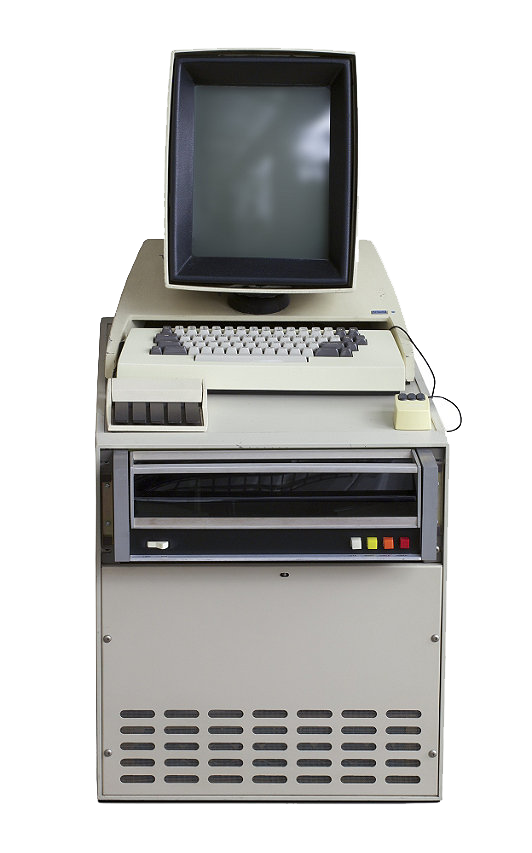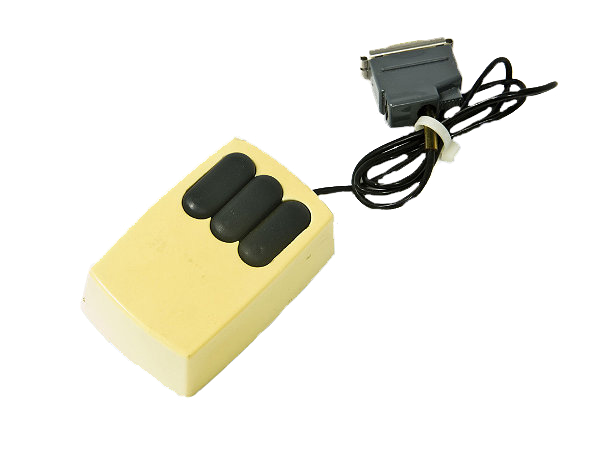
Xerox Alto
Basic Info
Xerox Alto is one of the first personal computers ever built and it was released in 1973. It was developed by the Xerox PARC (Palo Alto Research Center). It has never been commercialised because of his production cost: it was very high compared with the average salary of that time. The Xerox Alto introduced the desktop metaphor: the desktop's interface represents your desk, you can put on it whatever you want. It wasn't small like the PCs of today, but at that time it was quite small: it had the size of a small refrigerator.
Main Innovations
Alto was designed with a microcode and it also had a 4-bit ALU and a main memory (ordered into 16-bit words) of 128kB (extensible to 512kB with a bank switching). Alto was also provided with a removable data storage of 2.5 MB similar to the IBM 2310's once. The Xerox Alto used a BCPL language and introduced the concept of using a graphic interface to display the results of the executed operations. The programmers also introduced for the first time the software technology of WYSIWYG (what you see is what you get), to make this first personal computer very user friendly.
Equipment

Alto didn’t support a terminal users interface and, other than an Ethernet connection, its main output devices were a black and white cathode ray tube screen and a Diablo printer (produced by the Xerox Corporation). Alto had a customisable and removable keyboard where each key represented a bit in a set of memory locations; in consequence the user was able to perform combinations of keys to make the computer execute operations. This keyboard was devoid of the underscore ("_"). Alto was also equipped with a three buttons mouse, the buttons were commonly arranged left to right, but in some cases also top to bottom. It could also have 5-key chord keyset, an input device that allowed the user to make the computer execute operations by pressing several keys together; because of its small dimension it could be used with one hand leaving the other and free to use the mouse.
External Links
- [Visited on 06/11/2014] Image courtesy of Computer History Museum
- [Visited on 06/11/2014] Image courtesy of Computer History Museum
- [Visited on 06/11/2014] Xerox Alto